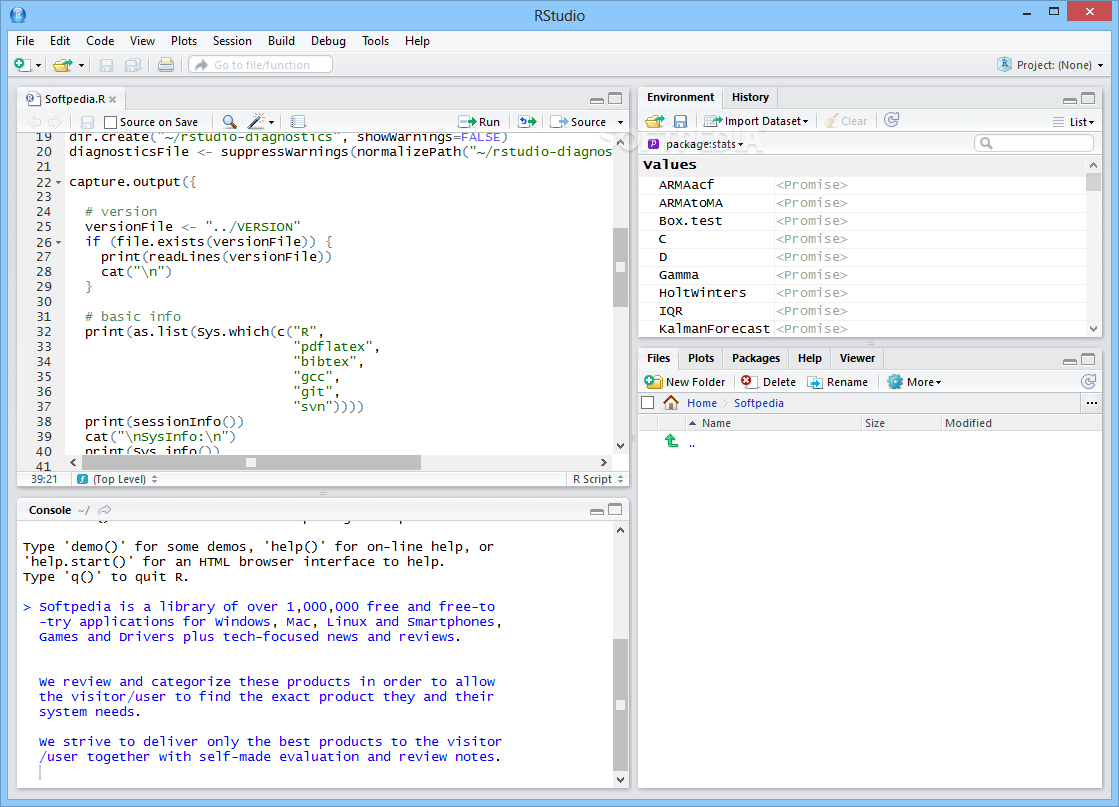
(Note that you may be prompted to install some additional LaTeX packages on this first knitting that will take a few minutes.) The resulting PDF will be stored in the same directory as the Rmd (R Markdown file) you just created. Go ahead and say “Yes.” You’ll likely only need to do this the very first time.Īfter giving the resulting PDF a name, you should obtain a PDF similar to the one shown below. Note: You may be prompted to install some extra LaTeX/R packages at this point or at a nearby point. To see what the resulting output looks like based on this code, click on the Knit PDF button near the top of the pane. This creates a basic R Markdown file with some hints as to how to do a few things using R Markdown. You can also change your mind later and create any of (or all of) the three of these formats if you so choose.) You can also create HTML or Word documents by choosing the appropriate output format here.

(This will check that MiKTeX was appropriately installed. In the resulting screen, select Document on the left and select PDF as the Default Output Format. The most popular way to run R is through RStudio, a free and open source program which includes a code editor, as well as debugging and visualization tools. Select File > New File > R Markdown from the RStudio taskbar menu.


These types of documents will give you the ability to nicely document your code, include your code, and also the output that your code produces. To check that R, RStudio, and TeX have been installed correctly, we will create a sample R Markdown document.


 0 kommentar(er)
0 kommentar(er)
